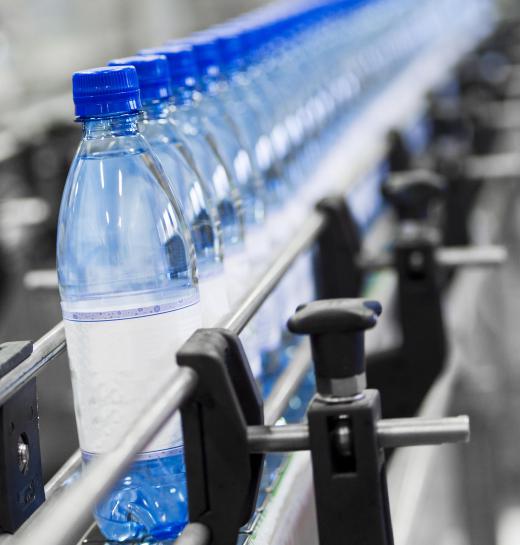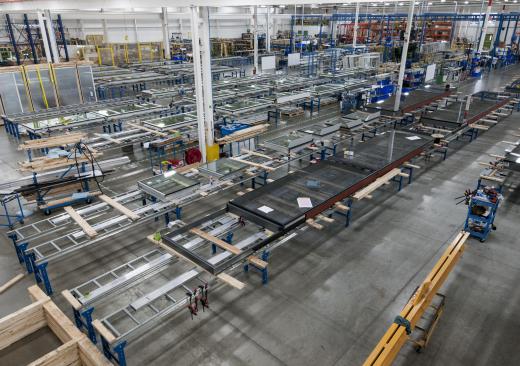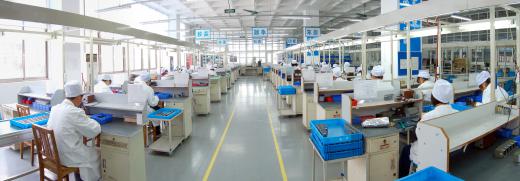A process layout is a type of facility layout in which the floor plan is arranged with similar processes or machines located together. For example, a machine shop with mills located together, lathes located together, saws located together, and so on, is arranged with a process layout. This differs from a product layout in which equipment is arranged based on sequential steps involved in manufacturing a product, as on an assembly line.
Design of a process layout begins with a needs analysis. This analysis takes into account a number of factors to ensure that the final layout is sufficient for all the necessary functions of the facility. The needs analysis assesses what departments will occupy the facility, how much space each will require, and how each will be configured. Details regarding the types of equipment required and the quantity of each are also determined in this phase of the design process.

Next, location analysis is done to determine the locations of each department. This analysis defines two location variables for each department. A department’s absolute location is the space it occupies with respect to the facility. Its relative location is its placement relative to other departments in the facility.
Once these analyses are complete, a block layout is documented showing the general overall layout of the departments in the plant floor plan. This not only accounts for the relative locations of the departments, but also for the amount of space each will occupy. From this block layout, a more detailed layout is developed with specific locations of each piece of equipment. This ensures that there is room for equipment to be configured as needed, space between workstations, and room for workers and vehicles to move around safely. With the process layout complete, the facility is then ready for equipment installation.

In a low-rate or medium-rate production facility, a process layout may be a more efficient choice than a product layout. Any particular piece of equipment may be in use more often because it can be used for more than one product. In a product layout situation with low throughput, multiple units may be needed for separate product lines even though they sometimes sit idle. A process layout is also more amenable to custom jobs as the equipment is not dedicated to specific tasks in specific workflows. This type of layout is also sometimes referred to as a flexible flow layout.

A plant floor plan may be entirely set up with one particular type of layout. In some manufacturing environments, however, the workflow and available equipment may not obviously call for either a process layout or a product layout. A floor plan set up such that one portion is a process layout and another portion is a product layout is called a hybrid layout.
